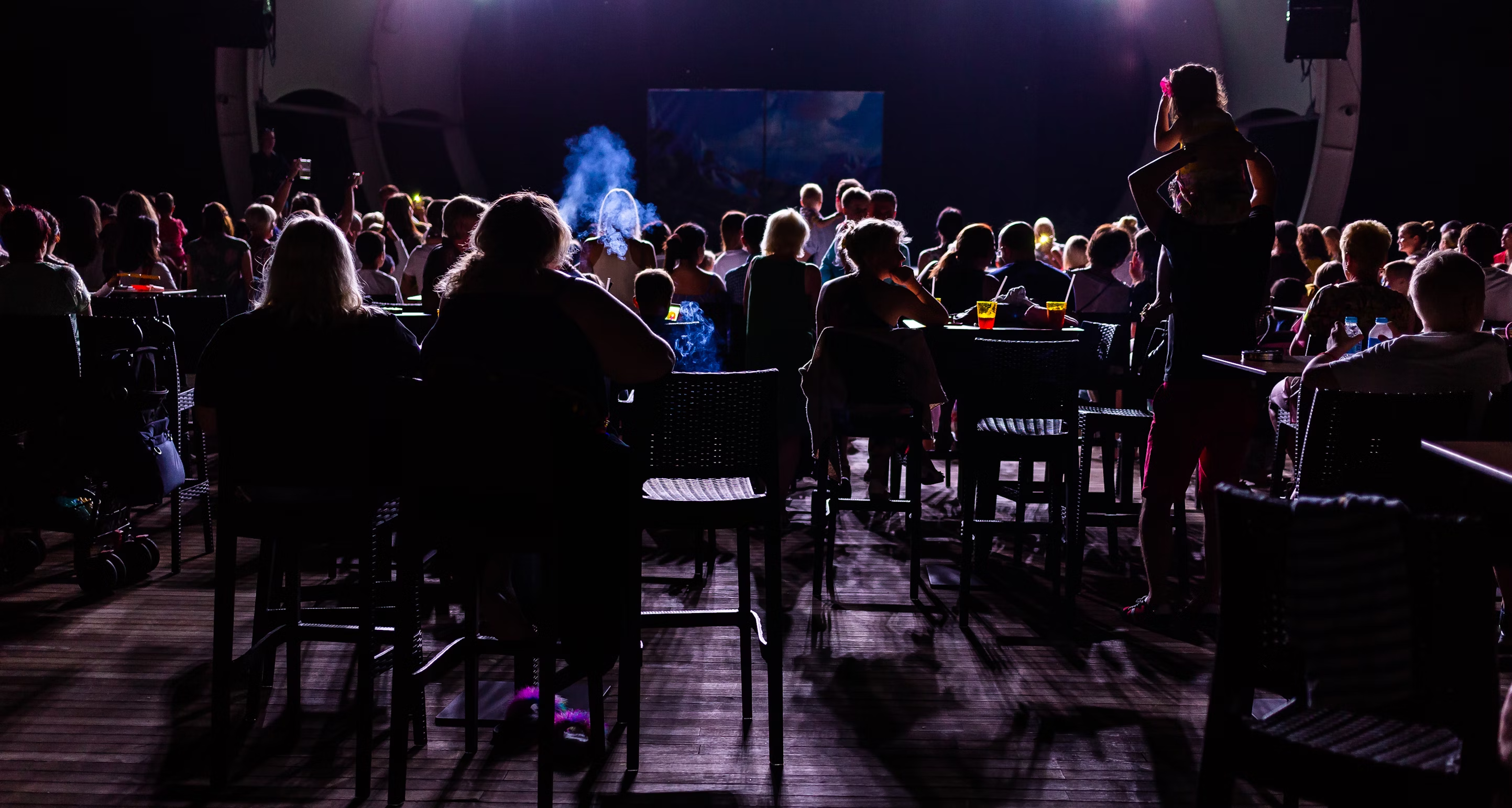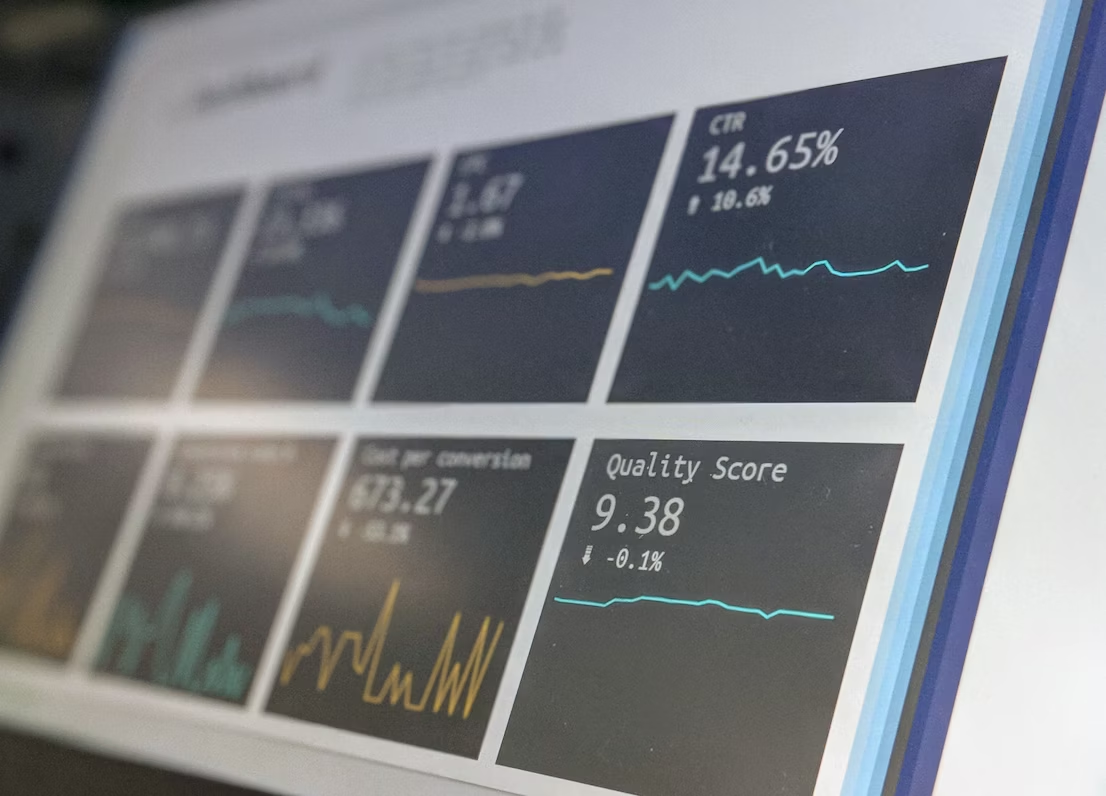When you think of theater, you might imagine traditional sets, classic lighting, and manual sound effects. But what if we told you that theater tech innovations are completely reinventing the way we experience stage performances?
1. Assess the Influence of Advanced Prop Technology
Speaking of treats, have you ever marveled at the realistic-looking props on stage and wondered how they were made? Well, it's time to pull back the curtain and reveal the magic behind advanced prop technology, a vital part of theater tech innovations.
Let's dive into the world of props:
3D Printing Revolution
One of the biggest game-changers in prop-making is 3D printing. Remember the last time you saw an intricate piece of jewelry or a detailed weapon on stage? Chances are, it was crafted using a 3D printer. This technology allows designers to create complex, detailed props quickly, accurately, and economically. Plus, it's eco-friendly—no waste, just art!
Interactive Props
Thanks to advancements in sensor technology and programming, props are becoming more interactive. Imagine a magic wand that lights up when waved, or a book that opens by itself when the right words are spoken. These interactive props make the impossible possible on stage, enchanting audiences of all ages.
Virtual Props
Welcome to the future—where props are not just physical objects but digital creations too. Through augmented reality (AR), virtual props can be added to a scene, interacted with by the actors, and seen by the audience through special glasses or screens. This technology creates limitless possibilities for storytelling and is a great example of theater tech innovations at work.
However, advanced prop technology is not without its challenges. It requires skilled designers and technicians, and the equipment and software can be expensive. But the impact these innovations have on bringing a story to life on stage is well worth the investment.
As we've seen, theater tech innovations like sound engineering and advanced prop technology are transforming stage performances, creating more immersive, engaging, and memorable experiences for audiences. Who knows what's next in the world of theater tech innovations? We can't wait to find out!
2. Analyze the Impact of Digital Lighting Systems
Imagine sitting in a theater, the lights dim, and the stage is bathed in the warm glow of a sunset. Moments later, the scene changes, and the stage is now under the cold light of a moonlit night. How do they do it? Welcome to the world of digital lighting systems, an essential player in the theater tech innovations lineup.
Let's shed some light on the various ways digital lighting systems are revolutionizing theater:
- Precision and Control: Unlike traditional lighting, digital systems allow for precise control over color, intensity, and direction of lights. With a simple software command, you can mimic the golden hour of a summer evening or the eerie glow of a haunted house. This level of control can help enhance the mood and atmosphere of the performance.
- Efficiency and Ease: Digital lighting systems are not just about better control, they also make life easier and more efficient for the crew. Pre-programmed lighting cues reduce the chances of human error and ensure smooth transitions between scenes. Plus, no more climbing ladders to change bulbs or adjust spotlights!
- Sustainability: This might surprise you, but digital lighting is also kinder to our planet. LED-based digital lights consume significantly less energy than traditional bulbs, making them a more sustainable choice. Who knew theater tech innovations could also be eco-friendly?
However, just like AR, digital lighting systems come with their share of challenges. The initial cost of setup can be high, and the need for specialized technicians to operate and maintain the system can add to the expenses. But considering the creative possibilities and long-term benefits, it seems like a worthy investment.
In the end, digital lighting systems are more than just a fancy gadget. They are a powerful storytelling tool that can transform a performance from good to unforgettable. So, next time you find yourself mesmerized by the lighting in a stage performance, remember there's a whole lot of tech working its magic behind the scenes.
But wait, there's more to these theater tech innovations than meets the eye. The sound of theater is evolving too! So, let's turn down the lights and turn up the volume as we move on to the next exciting innovation – sound engineering. Stay tuned!
3. Evaluate the Role of Sound Engineering Innovations
Now, let's tune into another key player in theater tech innovations - sound engineering. Have you ever been to a play where the actor's dialogue was so crisp and clear, you could hear the subtlest whisper from the back row? Or felt the hair-raising effect of a well-timed sound effect in a horror play? These are all thanks to sound engineering innovations.
Let's listen in to the ways sound engineering innovations are amplifying the theater experience:
- High-Quality Audio Equipment: The heart and soul of sound engineering is the audio equipment. Today's state-of-the-art microphones, speakers, and amplifiers ensure that every word, note, or sound effect is heard clearly, regardless of where you're seated in the theater.
- Software Wizardry: Sound engineering is no longer just about hardware, it's about software too. Digital audio workstations (DAWs) and plugins allow sound engineers to edit, mix, and master sounds to perfection. They can adjust the pitch of an actor's voice, add reverberation to create the illusion of a large hall, or even create entirely new sounds from scratch.
- Immersive Soundscapes: One of the most exciting advances in sound engineering is the creation of immersive soundscapes. By using spatial audio technologies, sound engineers can create a 3D audio experience that makes the audience feel like they're right in the middle of the action.
But, as with all theater tech innovations, sound engineering also has its challenges. High-quality audio equipment and software can be expensive, and creating a perfect soundscape is both an art and a science that requires skilled technicians.
Yet, the impact of these sound engineering innovations is undeniable. They bring the audience closer to the action, add depth to the storytelling, and create a more immersive and engaging theater experience. So next time you're at a play, lend an ear to the sounds around you - you'll be amazed at what you can hear.
Now, let's shift gears and take a closer look at the next marvel in our lineup of theater tech innovations – advanced prop technology. You're in for a real treat!
4. Explore Augmented Reality in Stage Design
Augmented Reality (AR) is no longer confined to the realms of gaming and social media filters. It's creeping behind the curtains and onto the stage, offering a new dimension to theater performances. This theater tech innovation allows set designers to defy the constraints of physical space and create immersive, interactive environments.
Let's take a look at how AR is jazzing up the world of theater:
- Set Design Gets a Tech Boost: By using AR, set designers can superimpose digital images onto the stage, creating a dynamic, ever-changing backdrop. Think of a forest scene where leaves rustle and birds fly by, all in real-time. It's like the stage has a life of its own!
- Enhancing Audience Engagement: AR can make theater more interactive. How? Well, imagine getting a notification on your smartphone during a performance. You point your phone at the stage and suddenly, you can see the thoughts of a character or an invisible creature living in the set. This level of interaction makes the audience more than just spectators.
- Training and Rehearsals: AR can be a valuable tool during rehearsals. Actors can use AR glasses or screens to interact with virtual props, understand stage movements, or even rehearse with holographic partners. It's like having a personal assistant on stage!
However, like any good thing, AR in theater comes with its own set of challenges. The need for special equipment and technical know-how can make it a costly affair. But given the dramatic enhancement it offers to stage performances, it's a theater tech innovation that's worth every penny.
From creating enchanting sets to redefining audience engagement, AR is surely making its mark in the theater world. And who knows, the next time you go to watch a play, you might just find yourself in the middle of an enchanted forest or a bustling city— all thanks to the magic of AR. Isn't that something to look forward to?
As we move forward, let's switch off the AR lights and switch on the digital ones as we analyze the impact of digital lighting systems in our next section. Stay tuned!









